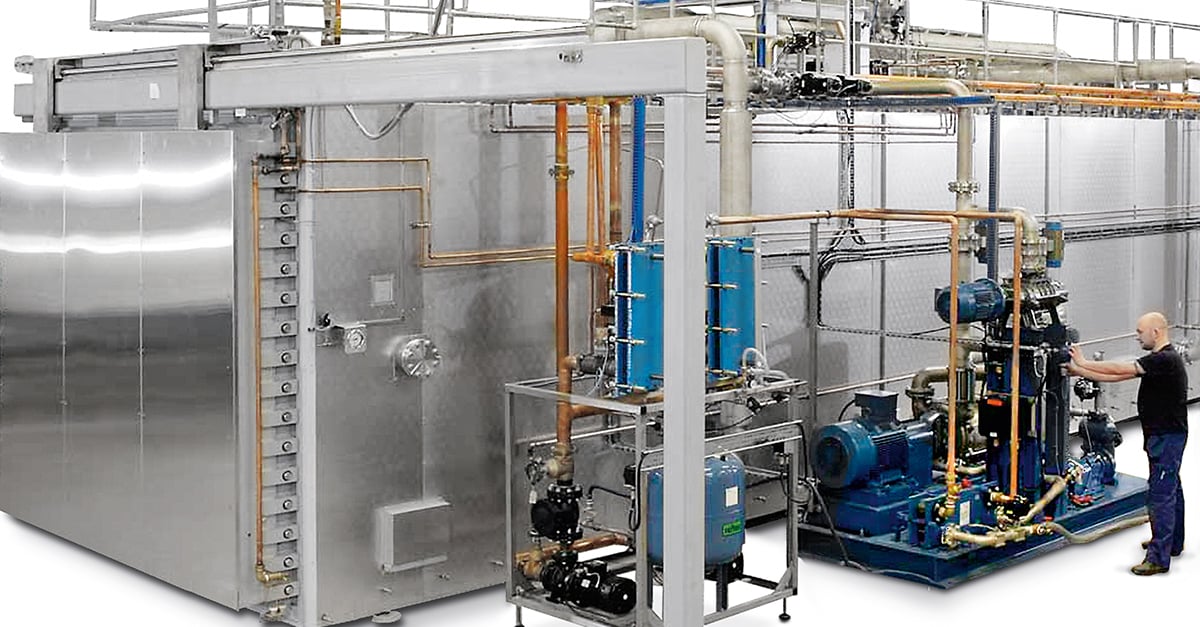Increased focus on ethylene oxide emissions in the US opens up opportunities for Getinge solutions. Recently, the world-class environmental standards of GEE Ethylene Oxide Sterilizers paved the way for an order on six sterilizers from the North American company Centerpiece, which is building a new production plant in Tijuana, Mexico.

“After recent research reports about potential dangers of exposure to ethylene oxide, authorities in the United States want more stringent emission rules. Since our solution is built on a highly efficient cleaning system that turns ethylene oxide into carbon dioxide, is can help customers to meet sharper emission standards,” says Mark Hill, Senior Director Life Science Special Projects.
Ethylene oxide sterilization is a low-temperature method used on heat and moisture sensitive products. The gas kills bacteria and their endospores, mold and fungi. Ethylene oxide (EtO) will penetrate wrapped boxes and plastics. This allows the product to remain packed and palletized for the entire process, making it ready to ship without additional re-packing or handling.
The challenge with the method is that exposure to ethylene oxide can cause irritation of the eyes, skin, nose, throat, and lungs as well as damage to the brain and nervous system. The United States Environmental Protection Agency (EPA) has concluded that EtO is carcinogenic to humans.
Getinge addresses these health challenges with ethylene oxide sterilizers featuring an outstanding combination of user safety and environmental concern.
“We are a leader in low-emission EtO sterilization Our equipment is manufactured to the highest standards. The chamber is constructed in the world’s most advanced pressure vessel factory in Sweden, and an automatic leak rate test monitors the integrity of the entire ethylene oxygen supply line in every cycle,” Mark Hill explains.
He adds:
“Thanks to our partnership with the leading manufacturer of catalytic abator systems, we can offer customers an efficient equipment for cleaning ethylene oxide. In simple terms, it works like the exhaust system on your car, cleaning and then burning the EtO, which is released to the atmosphere as carbon dioxide.”
Another important safety feature is that Getinge have engineered out the need for personnel to enter the sterilization chamber to load or unload products by using automated systems. This, together with ‘inline’ preconditioning and degassing cells, further reduce the risk of EtO exposure.
Stringent rules for EtO emissions have been in place in Europe for a long time, and with tougher rules on the way in the United States as well, Getinge expects a growing need in North America for sterilization with lower emissions.
“Restrictions on ethylene oxide emissions could lead to difficulties for healthcare providers relying on less efficient cleaning systems getting highly needed medical devices to patients. Our proven track record and first-class equipment for low-emission sterilization is an excellent possibility for customers to avoid this negative development,” Mark Hill concludes.